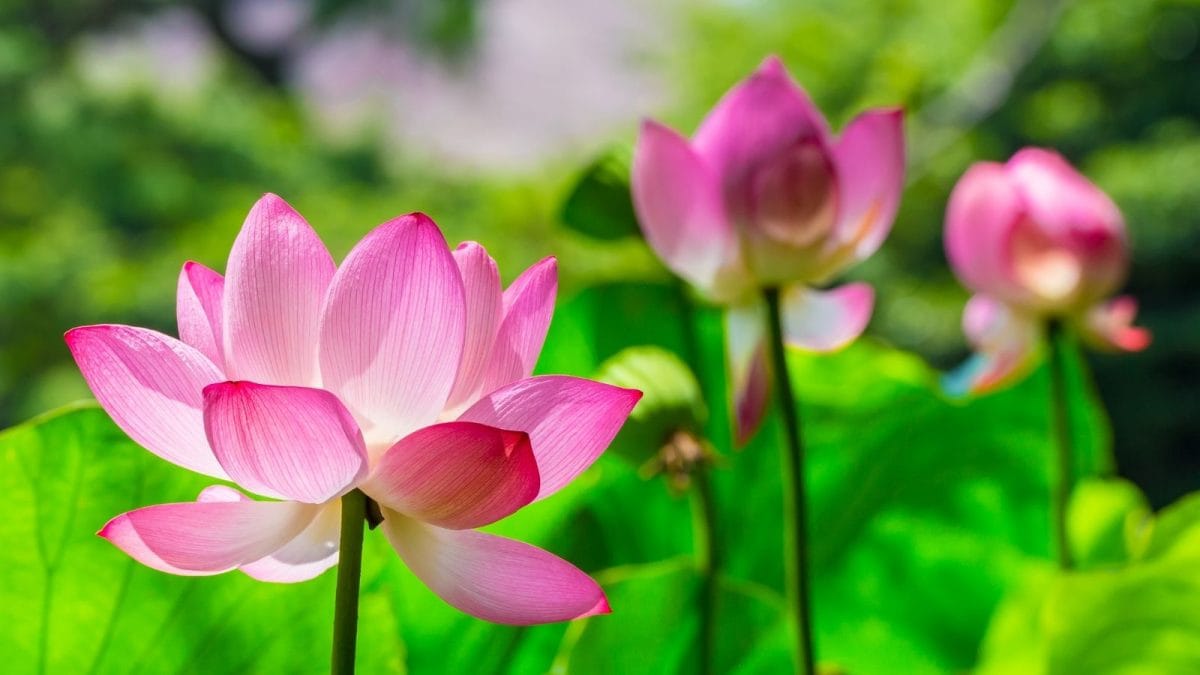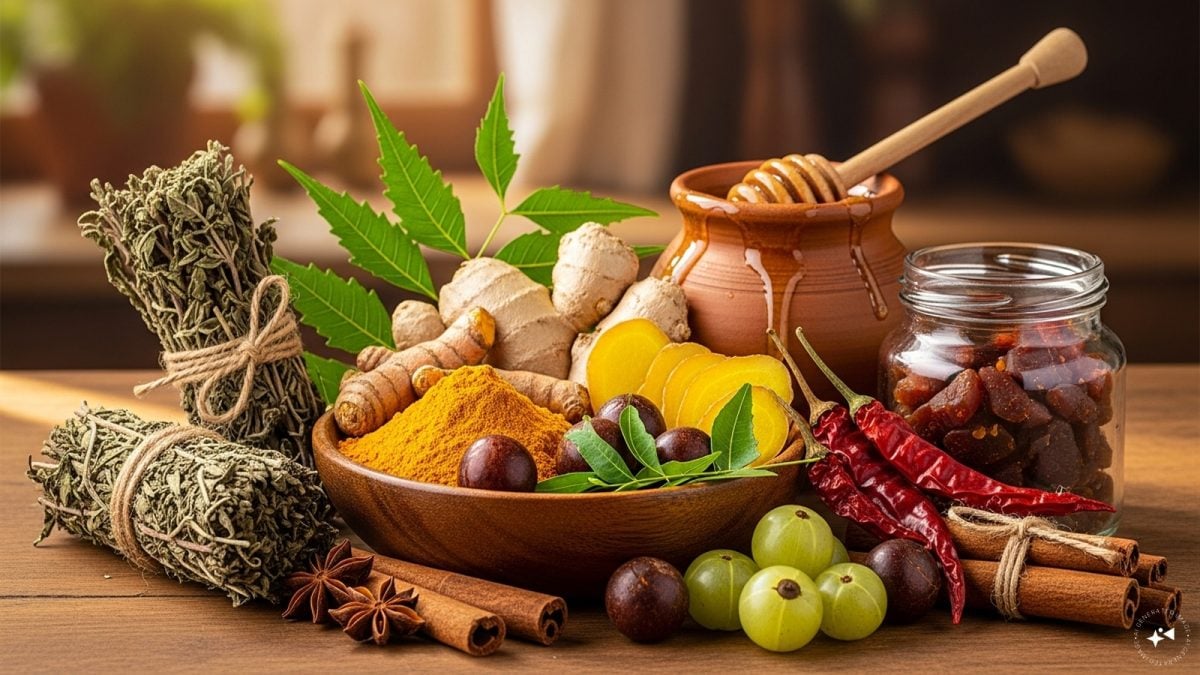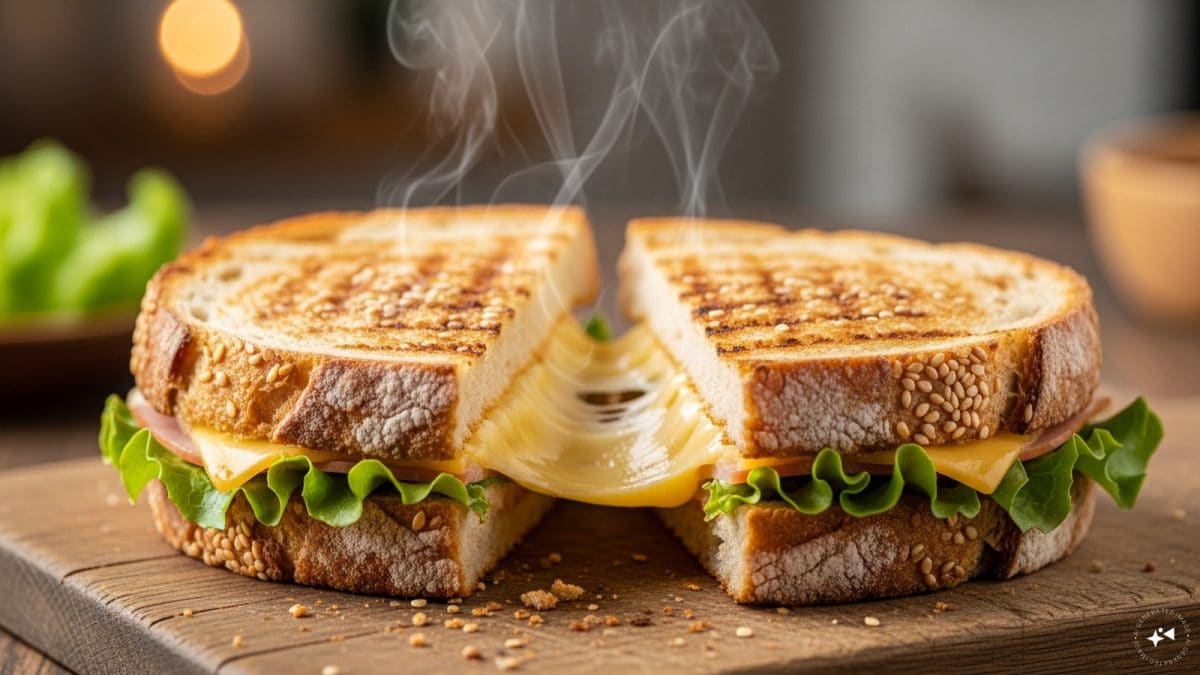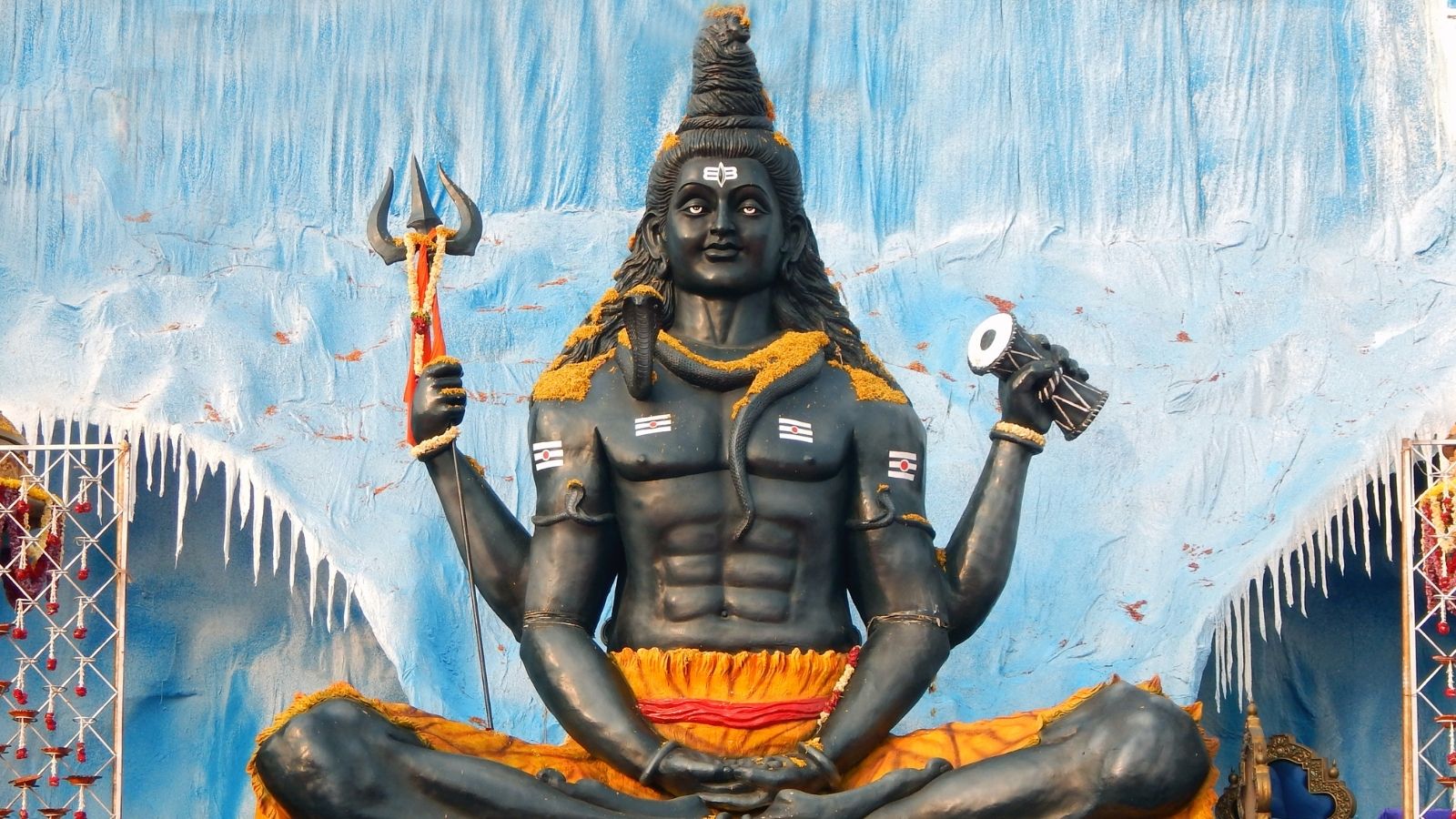
During Karthika Masam, one of the holiest months in the Hindu calendar, devotees honour Lord Shiva with deep devotion and elaborate rituals. Among the most cherished offerings are flowers, each carrying symbolic meaning and spiritual significance. Offering the right flowers during this auspicious time is believed to invoke blessings, cleanse karma, and strengthen one’s spiritual connection with the divine. (Image: Canva)
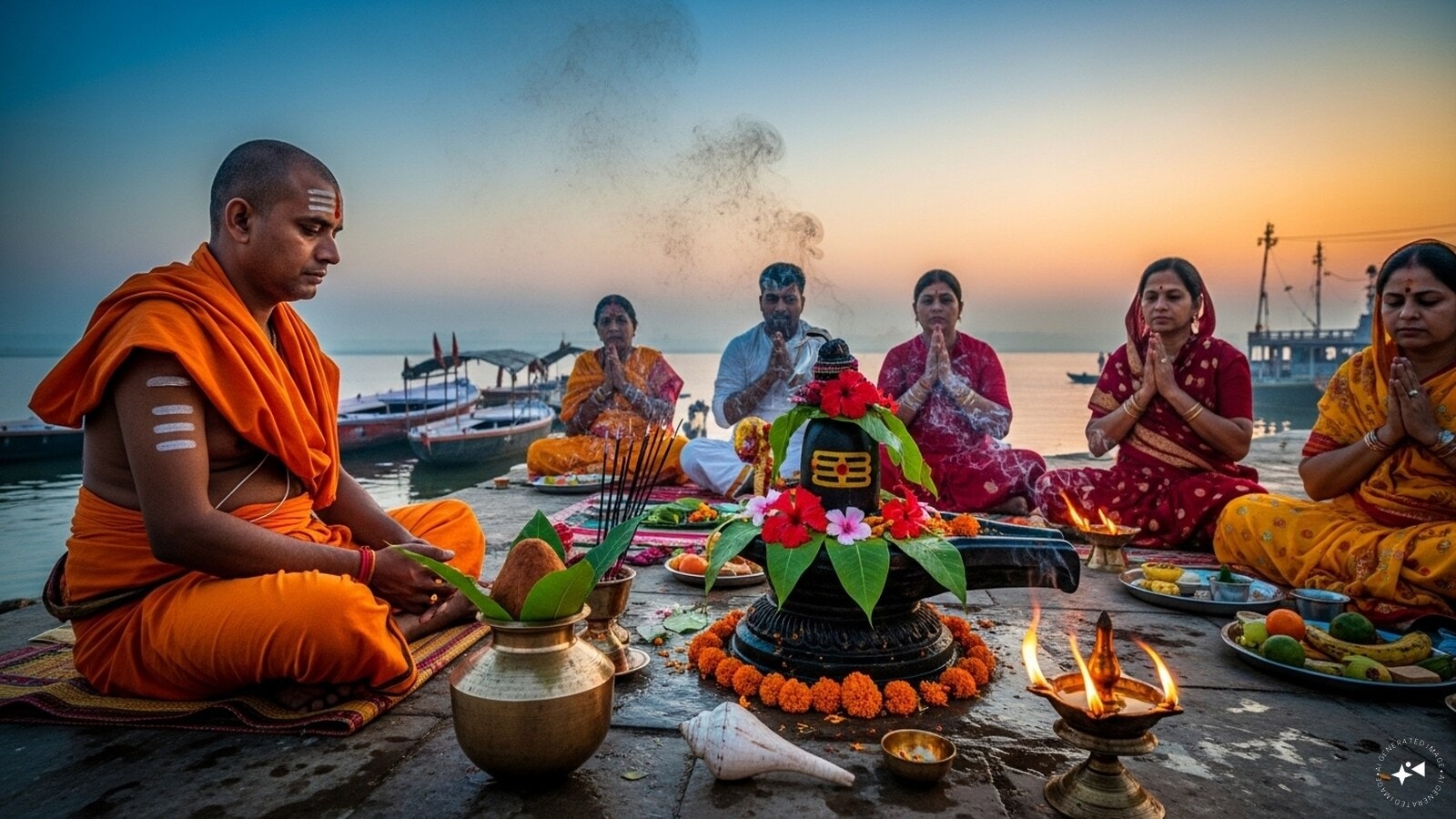
In Hindu tradition, flowers represent purity, devotion, and the transient nature of life. When offered to Lord Shiva, especially in the form of the Shivalinga, they become a medium of surrender and reverence. During Karthika Masam, the energy is especially potent, making floral offerings even more meaningful. Here are the most revered flowers used in Shiva puja during Karthika Masam. (Image: AI-Generated)
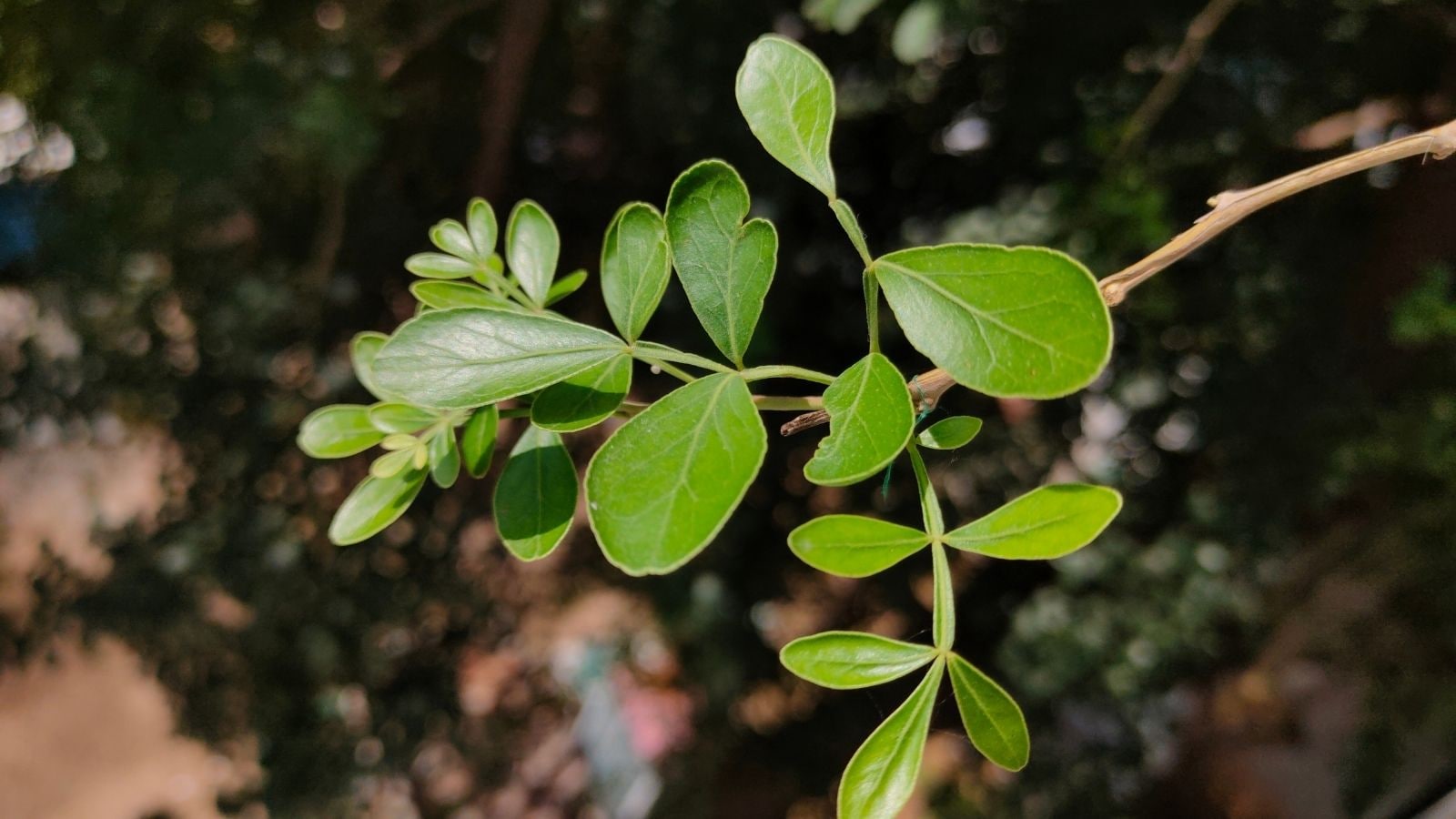
Bilva (Bael) Leaves & Flowers: Most sacred to Lord Shiva, bilva leaves are considered to cleanse sins and bring spiritual merit. If bilva flowers are available, they are equally auspicious. (Image: Canva)
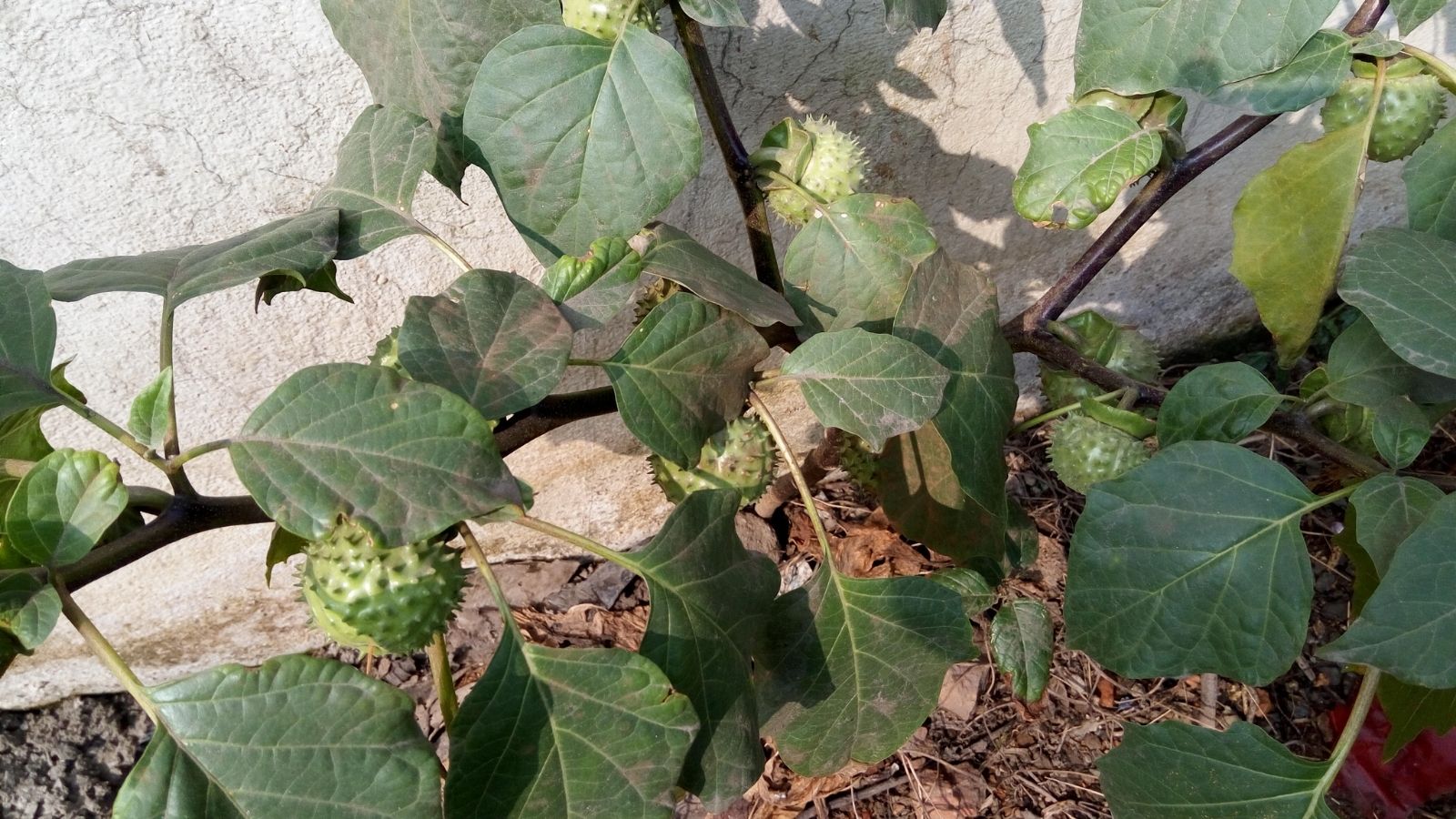
Datura (Thorn Apple): Associated with Shiva’s fierce form, this wild flower is believed to neutralize negative energies and is often offered during intense prayers. (Image: Canva)
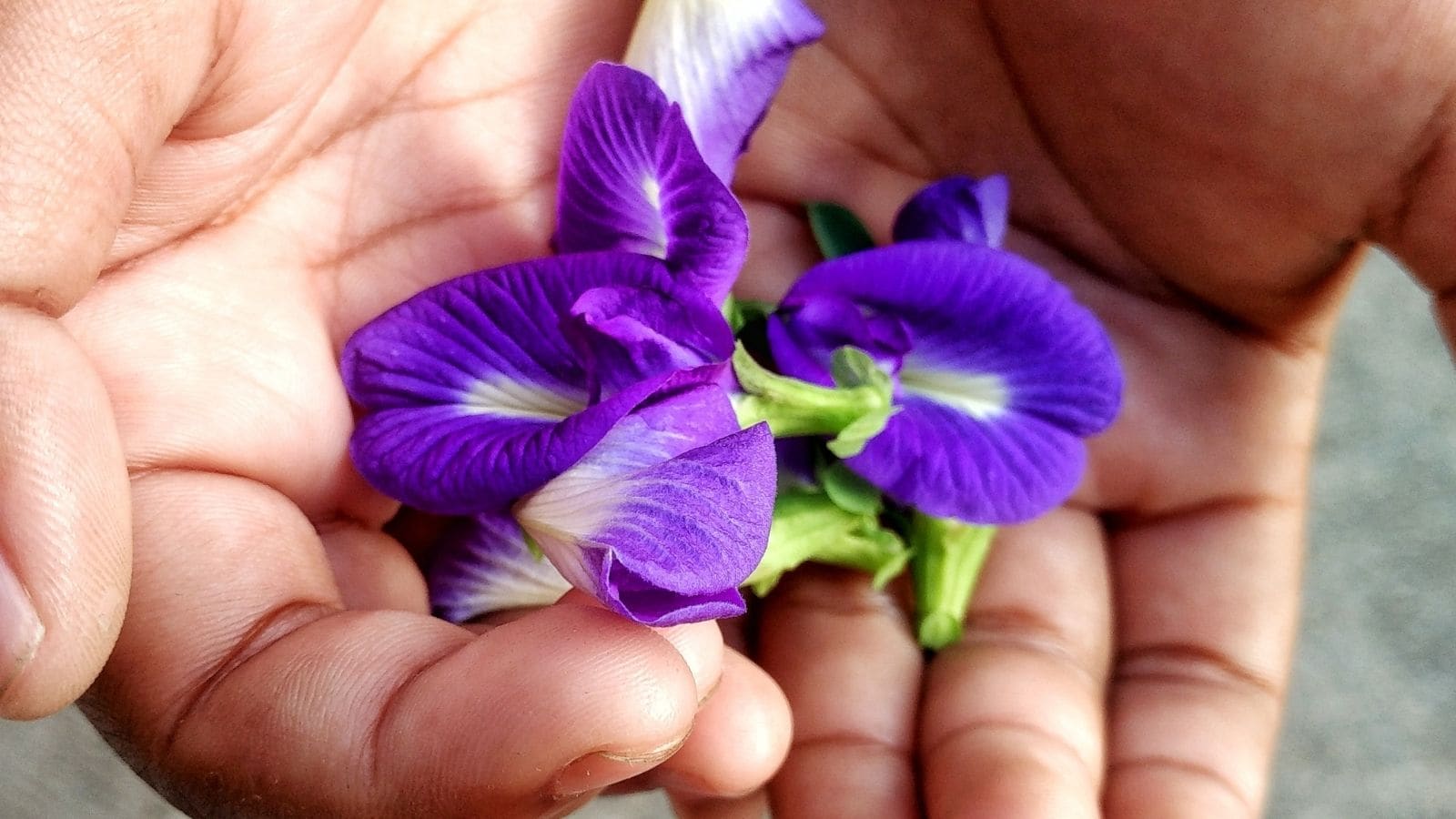
Aparajita (Clitoria Ternatea): Symbolizing victory and devotion, this blue flower is favored in Shiva worship, especially during Karthika Masam. (Image: Canva)
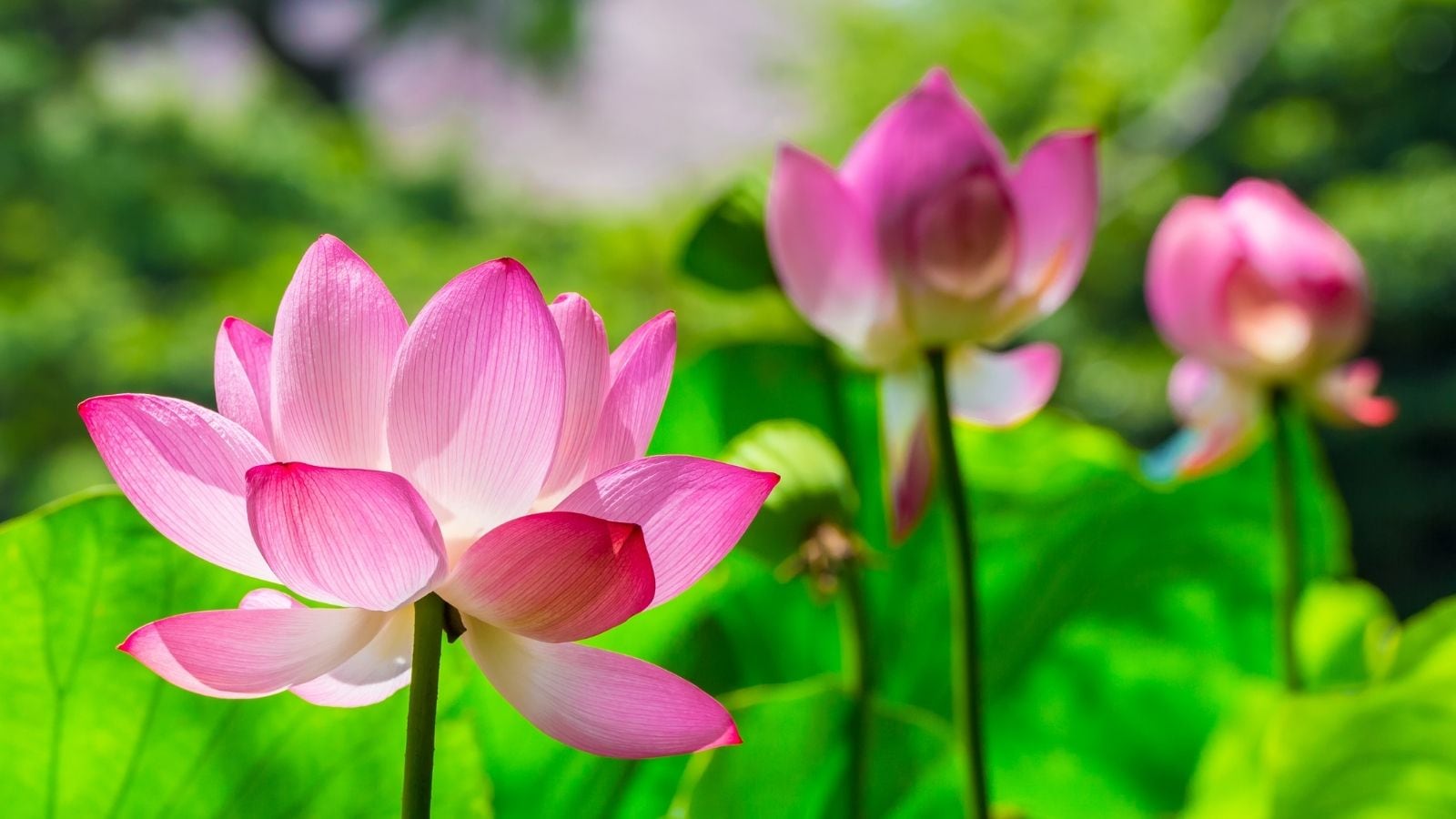
Lotus: Though more commonly associated with Vishnu and Lakshmi, the lotus is also offered to Shiva for its purity and spiritual symbolism. (Image: Canva)
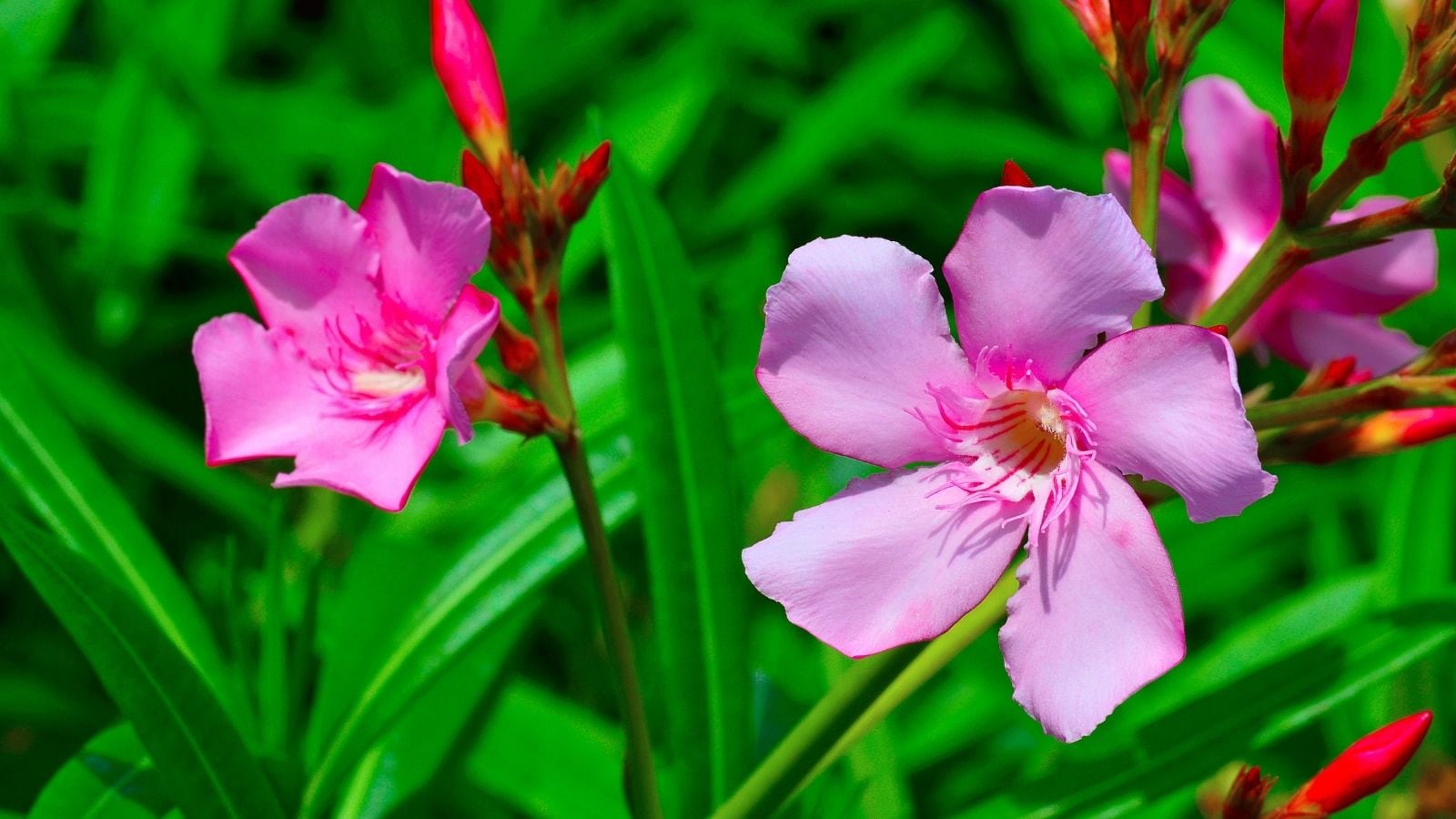
Kaner (Oleander): This hardy flower is often used in rural Shiva temples. It’s believed to withstand harsh conditions, symbolizing resilience and devotion. (Image: Canva)
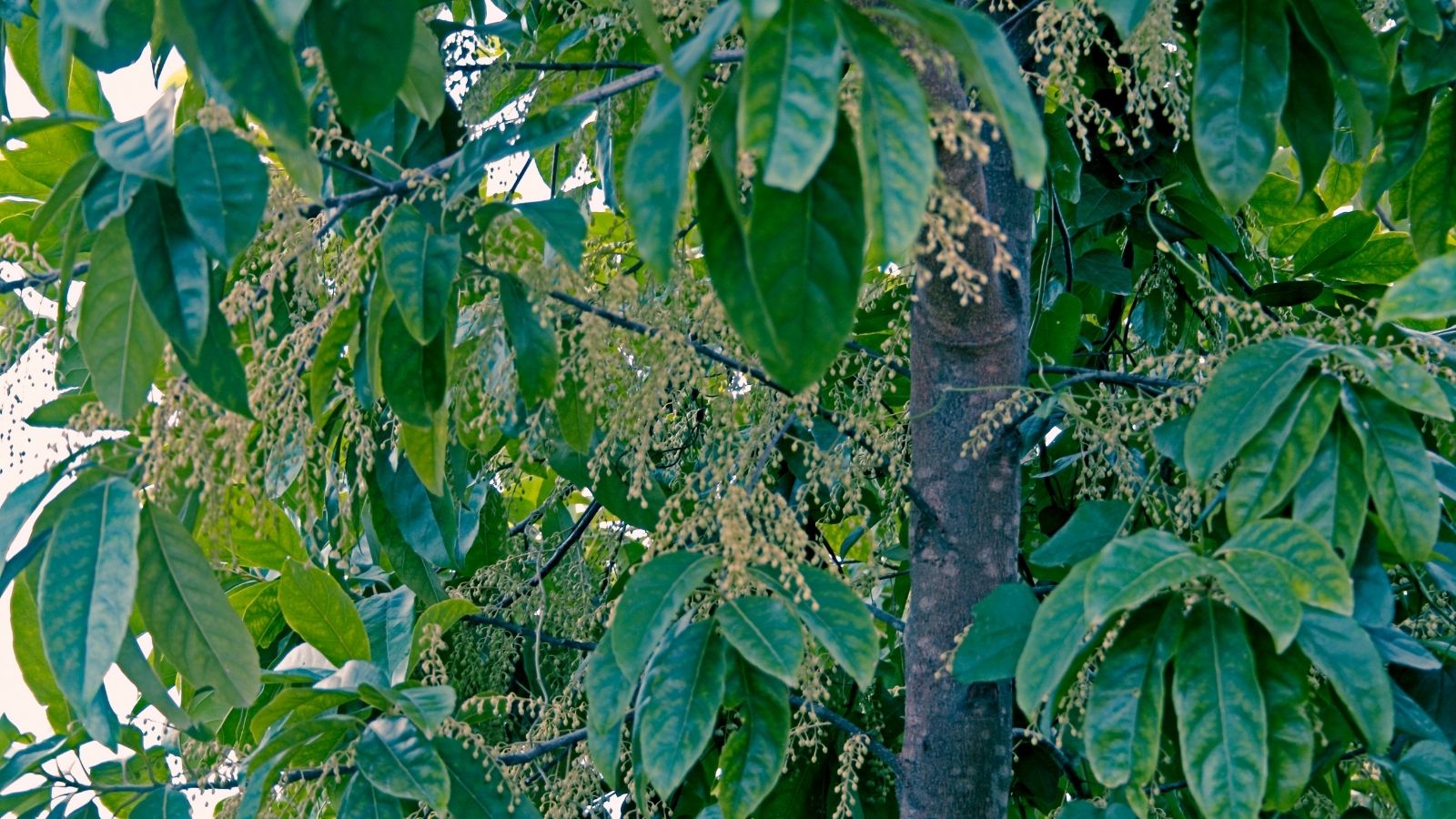
Rudraksha Flowers: Rare but powerful, these are linked to the Rudraksha beads worn by Shiva. Offering them is considered highly meritorious. (Image: Canva)
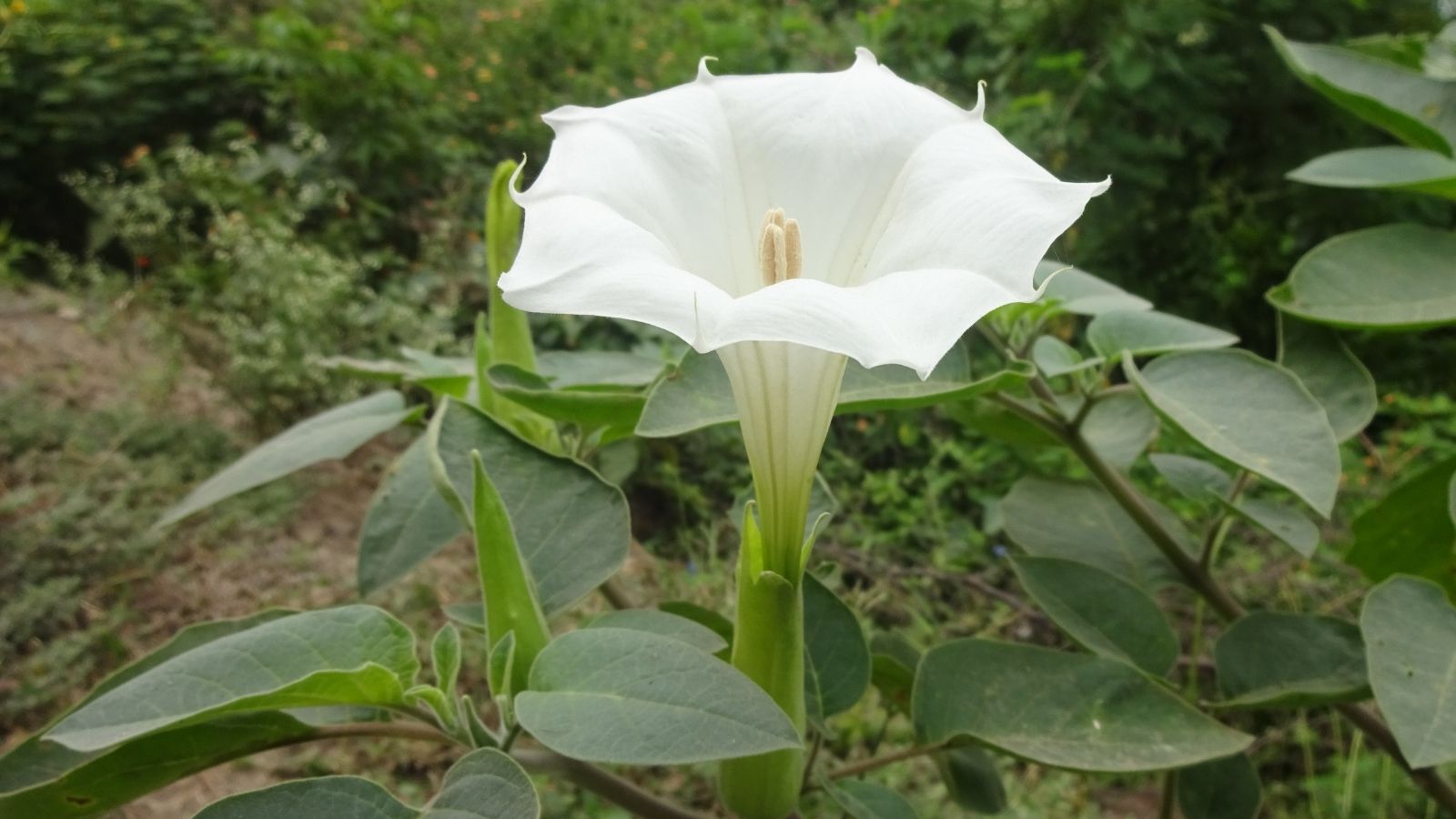
White Dhatura or Akanda: These wild blooms are linked to Shiva’s ascetic nature and are used in tantric rituals and deep meditative worship. (Image: Canva)
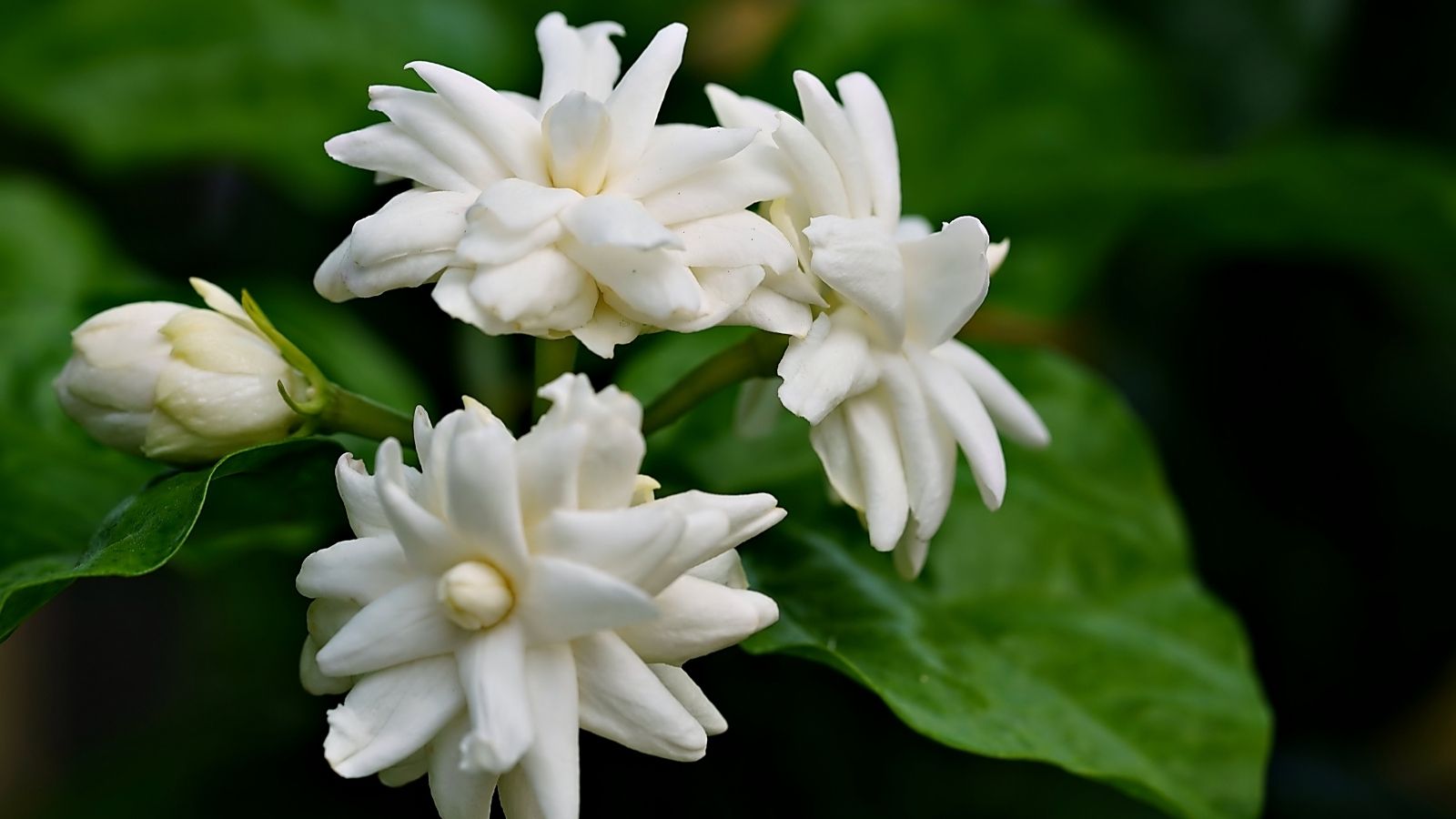
Jasmine: Its fragrance is said to please Shiva, and it’s often used in evening pujas during Karthika Masam. (Image: Canva)


